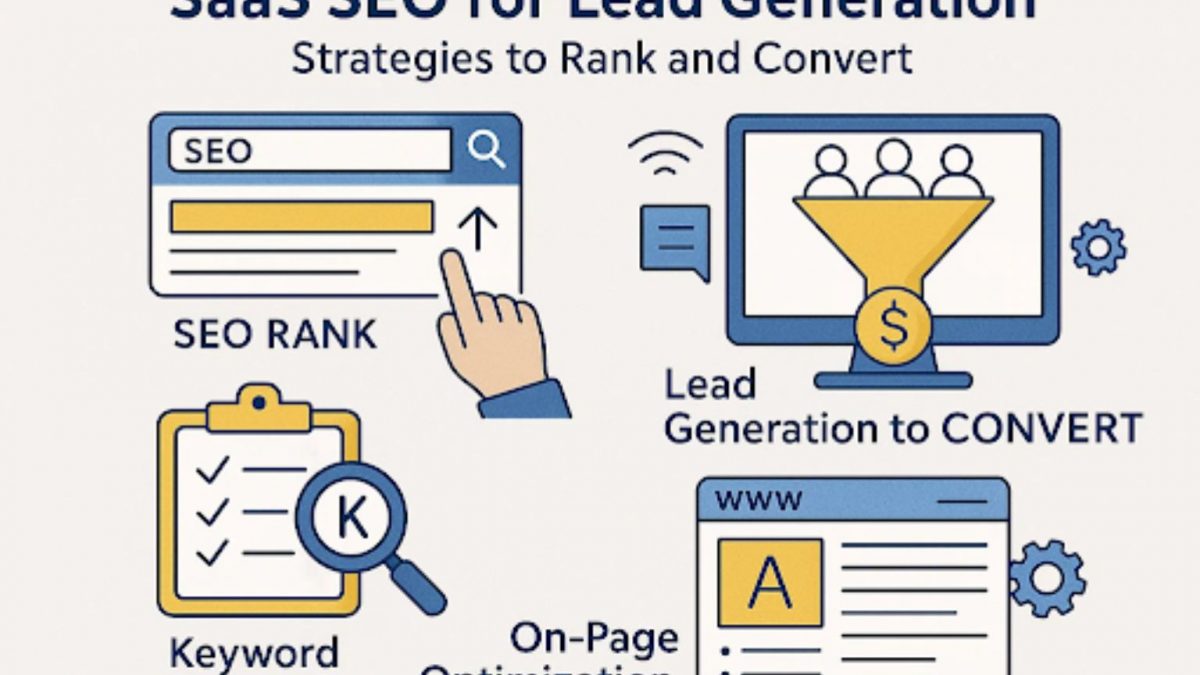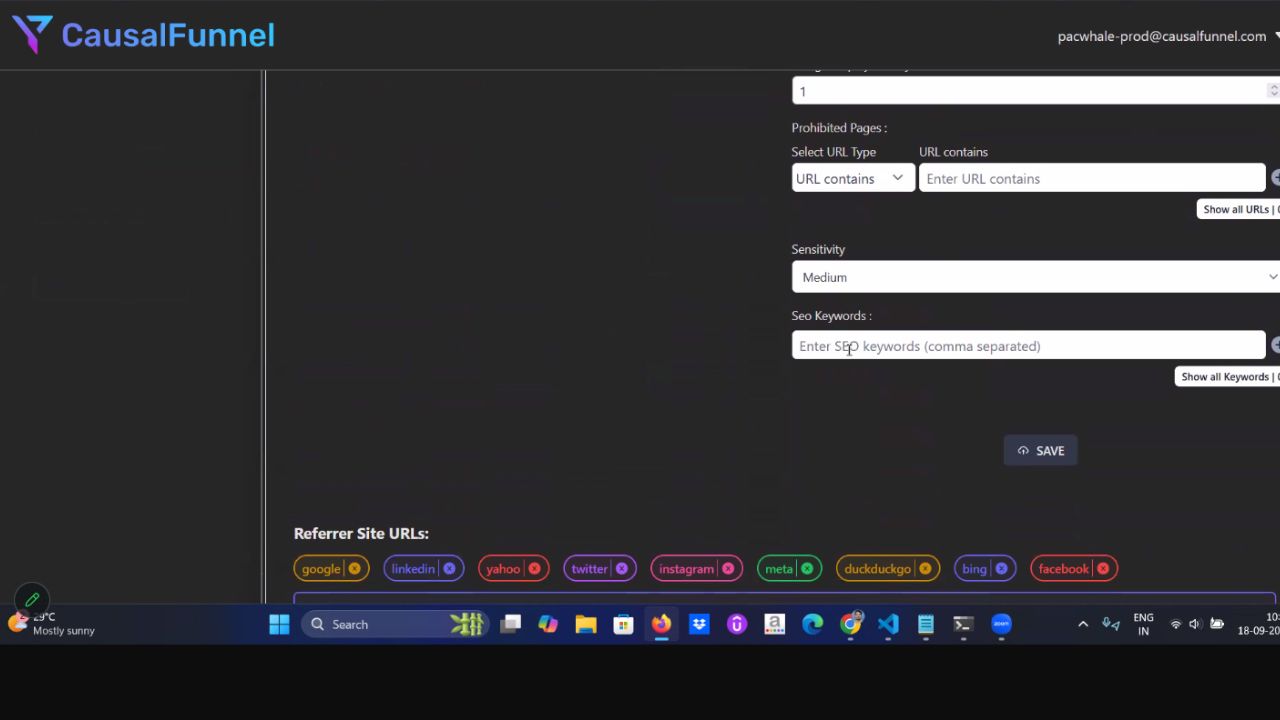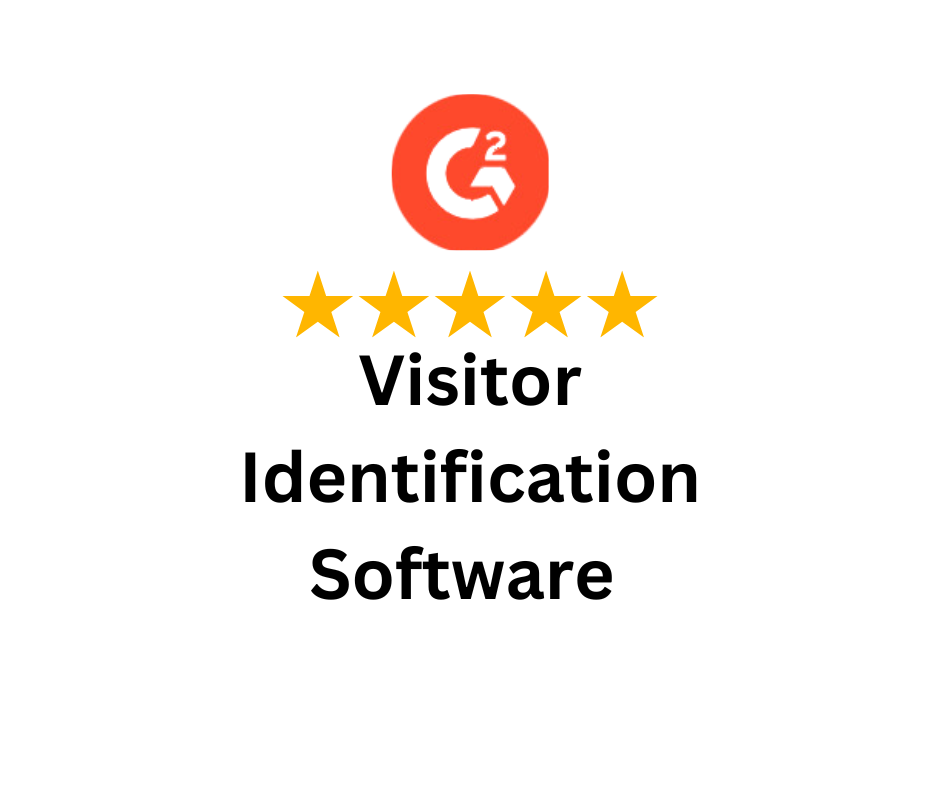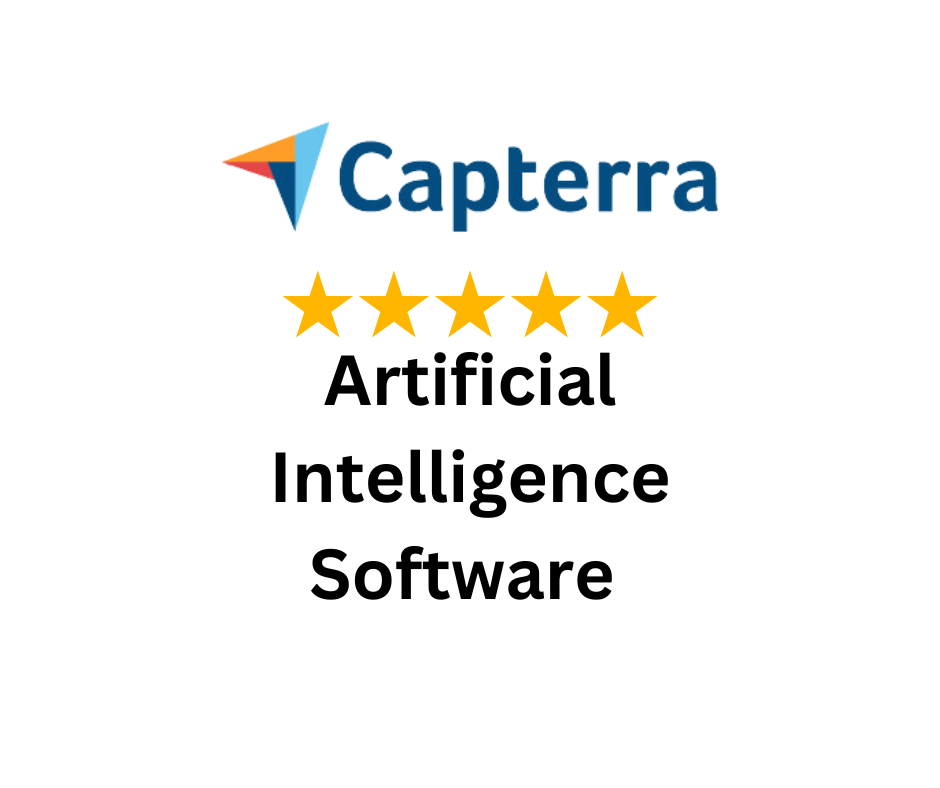
Your SaaS customers explore top searches online long before making a purchase. Are you appearing at the top when it matters the most? Lead generation is one of the toughest challenges for SaaS companies, yet it remains critical for growth.
That’s why a focused SaaS marketing strategy is a must. You need to attract visitors, capture their information, and nurture them until they’re ready to purchase. The problem? Most SaaS companies fail to generate qualified leads through organic searches. They spend thousands on ads while ignoring the long-term power of search engine optimization (SEO). This mistake limits growth and wastes resources.
SEO for SaaS works differently than traditional SEO. Buyers research for months, comparing multiple solutions before making a decision. They need educational content at every stage of their journey.
Here’s the advantage: SaaS companies can leverage SEO better than most industries. You can publish content that ranks, target high-value keywords competitors overlook, and build authority that drives consistent organic traffic.
In this guide, we’ll explore SaaS lead generation strategies for 2025. You’ll find proven methods, real examples, and actionable steps to build a campaign that attracts prospects and converts them into loyal customers.
SEO for SaaS lead generation faces unique challenges that most businesses don’t encounter. Understanding these differences helps you create better strategies.
Unique SaaS SEO Challenges:
These challenges actually create opportunities. Your longer sales cycle means more content touchpoints. Higher customer values justify bigger SEO investments. Technical complexity becomes a competitive moat.
Most SaaS companies get 40% of their traffic from organic search. The companies that master SEO for SaaS often see 60% or higher. This difference translates to millions in additional revenue.
Your SaaS organic traffic also converts better than paid traffic. Organic visitors research more thoroughly. They arrive with higher intent. They trust your content more than advertisements.
Successful SaaS SEO requires understanding your customer’s search journey. Different search stages need different content approaches.
Awareness stage visitors don’t know your product exists yet. They’re searching for solutions to problems. Your job is to educate and build trust.
Target problem-focused keywords like “team collaboration challenges” or “project management mistakes.” These searches receive 10-50K monthly searches. The competition is lower than solution-focused terms.
Create comprehensive guides that solve real problems. Write detailed tutorials that teach valuable skills. Build resource pages that become industry references.
Track metrics like organic impressions and time on the page. High engagement signals help Google understand your content quality. Such data builds authority for more competitive keywords later.
Consideration stage visitors know solutions exist. They’re comparing different approaches. They need detailed feature comparisons and use cases.
Target keywords like “best project management software” or “CRM tools comparison.” It would be beneficial to naturally incorporate your product into these comparisons. Focus on unique features that competitors lack.
Effective consideration content includes:
Add clear calls to action (CTA) without being pushy. Offer free trials or detailed product demos. Capture email addresses with valuable resources.
Decision-stage visitors are ready to choose a solution. They’re comparing specific products and pricing. They need reassurance and proof.
Target branded keywords and direct comparisons. Create pages like “YourProduct vs Competitor” or “YourProduct pricing.” These convert at 20-40% rates.
Include customer testimonials and detailed case studies. Show security certifications and compliance badges. Offer free trials with easy signup processes. Make conversion paths crystal clear. Use prominent signup buttons. Minimize form fields to reduce friction.

Your SaaS keyword strategy determines everything else. Choose the wrong keywords and you’ll attract the wrong audience. Choose the right keywords and leads flow naturally.
Start with customer conversations. Ask existing customers what problems they searched for. Record their exact words and phrases.
Keyword categories to target:
Use tools like Ahrefs or SEMrush for research. Look for keywords with 1K+ monthly searches. Check that search intent matches your content goals.
Focus on keywords where you can win. New SaaS companies should avoid ultra-competitive terms. Target long-tail variations with lower competition first.
Different keywords serve different funnel stages. Map your keywords to customer journey phases.
Awareness stage examples:
Consideration stage examples:
Decision stage examples:
Create content clusters around each stage. Link related content together. This builds topical authority across your entire funnel.
Long-tail keywords drive the highest quality traffic. They’re less competitive but more specific. Visitors using long-tail terms often convert better.
Your SaaS keyword strategy should include plenty of long-tail opportunities. These include integration searches, industry-specific terms, and detailed feature queries.
High-converting long-tail patterns:
Build dedicated pages for your best long-tail opportunities. These pages often rank faster than competitive head terms. They also attract visitors with clearer intent.
Technical SEO creates the foundation for everything else. Poor technical SEO limits your rankings no matter how good your content is.
Your site structure affects both SEO and conversions. Clear architecture helps search engines understand your content. It also helps visitors find relevant information quickly.
Recommended SaaS site structure:
Use descriptive URLs that include target keywords. Keep URL structures shallow – avoid more than 3-4 levels deep. Create logical internal linking between related sections.
Build topic clusters around your main keyword themes. Link from pillar pages to supporting content. This structure helps establish topical authority.
Page speed affects both SEO rankings and conversion rates. Slow pages lose 20% of visitors for every extra second of load time.
Essential speed optimizations:
Target load times under 3 seconds on mobile devices. Use Google PageSpeed Insights to identify specific issues. Test your key conversion pages regularly.
Fast pages rank better and convert more visitors. This creates a positive cycle that compounds over time.
Over 60% of B2B searches happen on mobile devices. Your mobile experience directly affects rankings and conversions.
Mobile optimization priorities:
Test your site on real mobile devices regularly. Use Google’s mobile-friendly testing tool. Monitor mobile performance metrics separately from desktop.
Mobile visitors often research during commutes or downtime. Make your content scannable with bullet points and clear headings.
Schema markup helps search engines understand your content and enhances how results appear in SERPs. Rich snippets can improve click-through rates by up to 30%.
Relevant schema types:
You have to focus on pages that offer real value, like product pages, pricing pages, and top blog posts. Use Google’s structured data testing tool to verify setup.
Modern SEO for SaaS requires more than just high rankings. It demands precise lead tracking and targeting high-value keywords. This means you’ll need accuracy and analysis to understand which visitors could return, what pages they engage with the most, and which actions indicate buying intent.
Maximizing SEO results requires tools that pinpoint high-value keywords, the terms that draw in customers most likely to convert. Broad keywords may drive traffic, but not always the right kind. By targeting high-value keywords, your strategy brings in qualified leads and improves conversion rates. Smart, AI-driven SEO tools make this process simpler and more effective.
For example, these SEO tools help you in:
By leveraging these insights, every SEO effort becomes data-driven and conversion-focused, ensuring you attract qualified traffic, nurture leads effectively, and generate revenue consistently.

Content drives most successful SaaS SEO strategies. But content alone isn’t enough – you need proper optimization too.
Your content must serve both search engines and potential customers. This balance requires careful planning and execution.
High-converting SaaS content types:
SEO tools can enhance your content strategy by showing which topics, keywords, and pages drive the most qualified leads. With these tools, you can:
Optimize every piece for target keywords, naturally including them in titles, headers, and body content. But write for humans first, search engines second.
Add clear conversion opportunities throughout longer content. Use contextual calls-to-action that feel helpful, not pushy. Offer valuable resources in exchange for email addresses.
Your SaaS blog SEO strategy should always focus on matching search intent. Create content that aligns with what your audience is actively searching for, then leverage AI-driven platforms to measure and refine performance.
Topic clusters help establish expertise in your niche. They also create internal linking opportunities that boost SEO power.
Create pillar pages around your main keyword themes. Support these with detailed cluster content that covers subtopics. Link everything together strategically.
Example cluster structure:
Implementation steps:
Topic clusters help Google understand your expertise. They also create natural paths for visitors to explore related content.
Your product pages need to rank well and convert visitors. This requires balancing SEO optimization with conversion best practices.
Include target keywords in page titles and descriptions. Write detailed feature explanations that search engines can understand. Add customer testimonials that include relevant keywords naturally.
Key SaaS on-page SEO elements:
Create FAQ sections that target long-tail keywords. Answer common questions that prospects ask during sales calls. This content often ranks well for voice searches too.
Test different page elements to optimize conversions. But avoid testing elements that might hurt SEO, like title tags or URL structures.
Quality backlinks remain one of the strongest ranking factors. SaaS companies have unique opportunities to earn valuable links.
Your industry connections and partnerships create natural link opportunities. These often provide higher quality links than generic outreach.
High-value SaaS link opportunities:
Focus on relevance over pure domain authority. A link from a niche SaaS publication often helps more than generic high-authority sites.
Build relationships before asking for links. Provide value through expert insights, data, or tools. Make link requests feel like natural partnerships.
Create content that naturally attracts links from other sites. This approach scales better than manual outreach alone.
Linkable asset ideas:
Promote your linkable assets strategically. Share on social media, send to industry contacts, and pitch to relevant publications. The best content markets itself through word-of-mouth.
Track which content earns the most links. Create similar pieces that expand on successful formats.
Your business relationships provide ongoing link opportunities. Partners often want to link to helpful resources you create.
Partnership link strategies:
Your SaaS link building lead generation strategy should focus on mutual value. Help partners solve their customers’ problems. They’ll naturally want to reference your solutions.
Document your integration processes clearly. Partners need easy ways to link to your technical documentation.
Tracking the right metrics helps you focus efforts on what works. SaaS companies need specific KPIs that connect SEO to revenue.
Standard SEO metrics don’t tell the full SaaS story. You need metrics that connect search performance to business outcomes.
Essential SaaS SEO metrics:
Track metrics across your entire customer journey. See how SEO visitors move through your funnel. Identify where you lose potential customers.
Set realistic benchmarks based on your industry. B2B SaaS companies typically see 2-5% conversion rates from organic traffic. Enterprise SaaS may see lower rates but higher deal values.
Your SaaS SEO lead generation success depends on quality, not just quantity. Focus on metrics that connect to revenue growth.
Proper tracking helps you optimize continuously. Set up systems that provide actionable insights, not just vanity metrics.
Essential tool categories:
Connect your SEO tools to your sales systems. Track individual visitors from first search to closed deal. This data helps you optimize your entire funnel.
Review performance data weekly, not just monthly. SEO changes can take time, but you should spot trends quickly.
Mature SaaS markets require advanced strategies. Basic SEO tactics won’t differentiate you from established competitors.
Study your competitors’ SEO strategies systematically. Find gaps and opportunities they’re missing.
Analysis framework:
Look for patterns in their success. What topics generate the most engagement? Which keywords drive their highest conversions?
Use tools like Ahrefs’ Content Gap feature. This shows keywords your competitors rank for but you don’t. Prioritize opportunities with good search volume and achievable competition levels.
Create better content than your competitors. Go deeper, provide more value, and update information more frequently.
Growing SaaS companies need systems for consistent content creation. Manual processes don’t scale past a certain point.
Content scaling strategies:
Maintain quality while increasing volume. Use editorial guidelines and review processes. Your SaaS blog SEO reputation depends on consistent value delivery.
Consider outsourcing some content creation. But keep strategic planning and final editing in-house. Your unique industry insights can’t be outsourced.

Before building your lead generation strategy, it’s important to know common mistakes SaaS companies make. Avoiding these errors will save time, money, and effort.
Many businesses think more leads equal better results. This is not true. Low-quality leads waste resources and take time to nurture.
High-quality leads match your ideal buyer persona closely and show real interest in your solution.
Ignoring your ideal audience is a major mistake. A buyer persona is a model of your perfect customer based on research and data.
A strong understanding of your audience improves both the quantity and quality of leads.
Content is the core of any lead generation strategy. It attracts visitors to your website or platform, where you can capture contact information.
However, no matter how good your content is, it won’t bring value if your audience cannot find it. This is why partnering with a SaaS SEO service or agency to share and optimize your content becomes crucial.
To answer it simply, you need to have a thorough strategy. If you ignore SEO in your lead generation strategy, your content may never rank, you’ll not be seen, and your lead generation efforts will fail.
SaaS SEO should be the foundation of your lead generation strategy. From keyword research to content optimization and alignment with buyer personas, SEO ensures your content reaches qualified prospects at every funnel stage.
Fear of Failure
Even the best-planned strategies can fail. Testing and optimization are key to improving results.
Looking at the Wrong Metrics
Many marketers measure the wrong metrics, which leads to wasted efforts.
By focusing on the right KPIs, you ensure your lead generation efforts are measurable and actionable.
You now have a complete framework for SaaS SEO success. Implementation determines your results, not just knowledge.
Implementation priority order:
Start with quick wins that build momentum. Fix technical issues first—they affect everything else. Then focus on your highest-impact content opportunities.
Your 90-day action plan:
SEO for SaaS requires patience and consistency. Results build over months and years. But the companies that master it create sustainable competitive advantages.
Your SaaS technical SEO lead generation success starts with taking action today. Please select one area from this guide and start implementing it right away.
The organic traffic and qualified leads will follow.
SaaS SEO for lead generation is essential, as it helps you connect with your audience, showcase your brand’s value, and encourage potential prospects to share their contact information.
The goal is to be noticed and sustained in the saturated digital marketing space. Delivering enduring value through your content, lead magnets, and product sets you apart from your competitors.
The whole process needs a structural approach, and to have the same, you can also work with a SaaS marketing consultant and SEO expert if you want results that are sustainable and faster.
The most important key aspect to having a successful lead generation is a proper understanding of your target audience and their needs, offering them something that will have a longer and lasting impact.
Empowering businesses to optimize their conversion funnels with AI-driven insights and automation. Turn traffic into sales with our advanced attribution platform.

